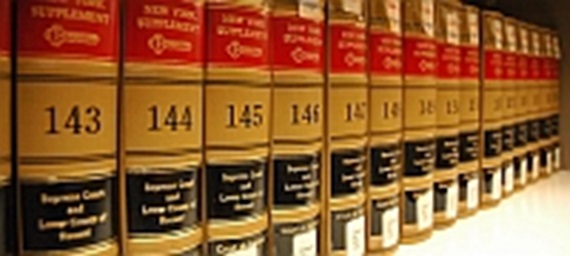
Regulations
The code of rules outlined below is designed to ensure that as many users as possible can derive as much pleasure as possible from the World Heritage Area, while also minimizing the wear and tear of the area.
Sermermiut: It is not allowed to stray outside the track in the settlement area during summer. This means among other things that it is not allowed to cross the settlement between the yellow and the blue track.
Burial places and peat shed ruins: Both are protected by the legislation protecting ancient monuments, which means that you are not allowed to destroy them. Every year you see graves that have been opened. This shows a lack of respect and it accelerates the decomposition of their contents. It is not allowed to walk on, open, or dig in or around any kind of ancient monument.
Pitching of tents: You are allowed to put up a tent and have open fire, but only for 24 hours in the same place. You are encouraged to use the official camping ground at the old heliport. During dry seasons (typically in July and August) there might be a total ban on the use of open fire due to the fire risk.
Bicycles and snowmobiles: Neither of these vehicles is allowed in the protected area.
Sealing and Fishing: Both are allowed in the protected area, as long as you abide by the regular legislation. Tourists must purchase a fishing license.
Plants: You are not allowed to pick flowers or in any way destroy the vegetation in the World Heritage Area.
Waste: It is not allowed to leave or bury any type of waste in the area. Be a good role model and pick up waste if you see any while out walking.
Sailing: Within the mouth of the Icefjord you are only allowed to sail with smaller vessels and fishing boats. You are not allowed to take landfall. When tourists go sailing, there must be a guide on board who has knowledge of Greenlandic nature and the legislation for the protection of nature.
Marked Trails: We recommend that you always follow the marked trails in order to ensure the safety of the guests and to minimize the wear and tear of nature.
Delimitation of the protected area: The boundary of the World Heritage Area is indicated on all the hiking maps of the Icefjord sold in local shops (1:20,000 and 1:100,000). In the local area large cairns with a central pole are established along the borderline.
Burial places and peat shed ruins: Both are protected by the legislation protecting ancient monuments, which means that you are not allowed to destroy them. Every year you see graves that have been opened. This shows a lack of respect and it accelerates the decomposition of their contents. It is not allowed to walk on, open, or dig in or around any kind of ancient monument.
Pitching of tents: You are allowed to put up a tent and have open fire, but only for 24 hours in the same place. You are encouraged to use the official camping ground at the old heliport. During dry seasons (typically in July and August) there might be a total ban on the use of open fire due to the fire risk.
Bicycles and snowmobiles: Neither of these vehicles is allowed in the protected area.
Sealing and Fishing: Both are allowed in the protected area, as long as you abide by the regular legislation. Tourists must purchase a fishing license.
Plants: You are not allowed to pick flowers or in any way destroy the vegetation in the World Heritage Area.
Waste: It is not allowed to leave or bury any type of waste in the area. Be a good role model and pick up waste if you see any while out walking.
Sailing: Within the mouth of the Icefjord you are only allowed to sail with smaller vessels and fishing boats. You are not allowed to take landfall. When tourists go sailing, there must be a guide on board who has knowledge of Greenlandic nature and the legislation for the protection of nature.
Marked Trails: We recommend that you always follow the marked trails in order to ensure the safety of the guests and to minimize the wear and tear of nature.
Delimitation of the protected area: The boundary of the World Heritage Area is indicated on all the hiking maps of the Icefjord sold in local shops (1:20,000 and 1:100,000). In the local area large cairns with a central pole are established along the borderline.


